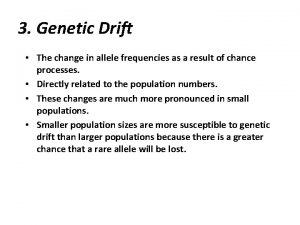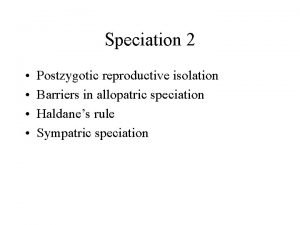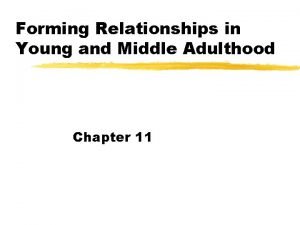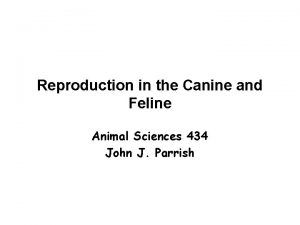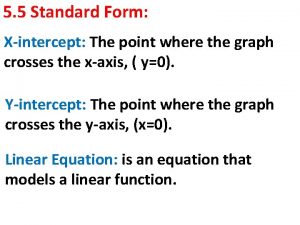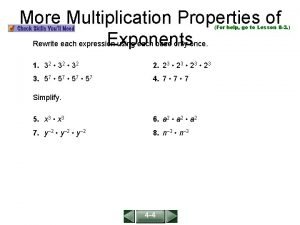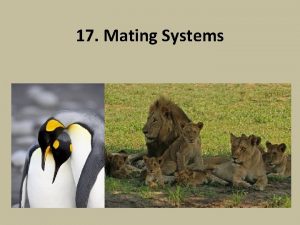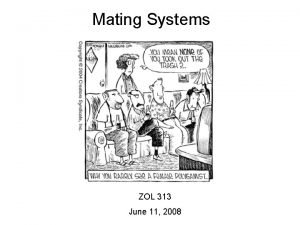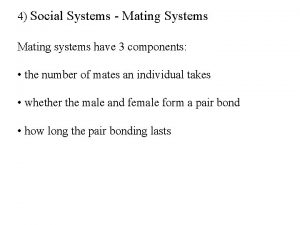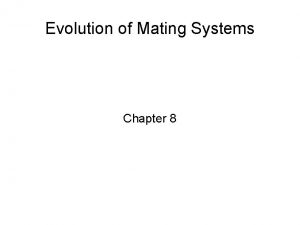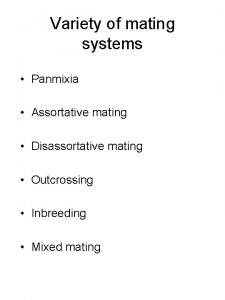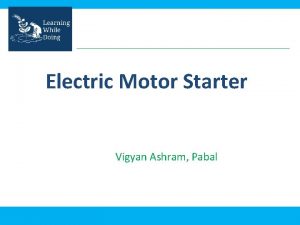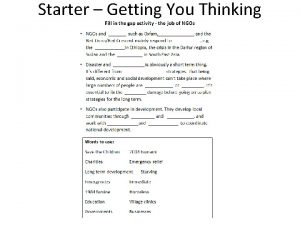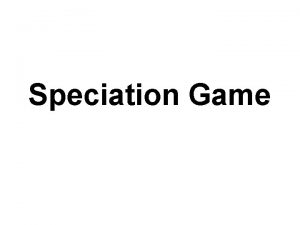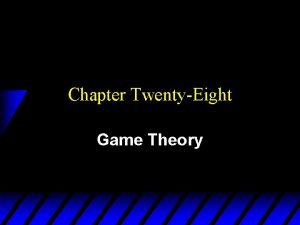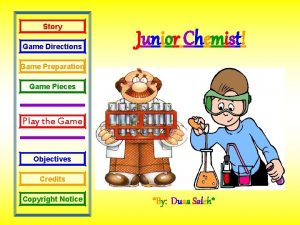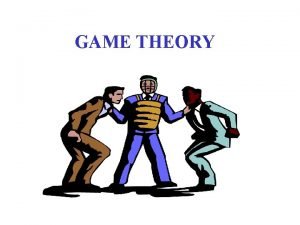Starter 1 The Mating Game Each of you






























- Slides: 30

Starter #1: The Mating Game! Each of you will be assigned a person at random. The good news is that you will have an arranged marriage with the person next to you. Introduce yourselves and get to know each other. Consider the strengths and weaknesses of your union!

Starter #2 What do these people have in common?

L/O: To investigate the patterns of marriage in the UK and why they have changed.

Marriage refers to the legal contract between individuals that creates kinship. STARTER: Using your knowledge of what Sociology is, write down three sociological questions relating to marriage.

How do you feel about marriage? TASK • Is it something you would like to do? • What are your predictions about marriage trends? Justify your thinking.

TASK What does this graph show?

Why might this statistic be useful to sociologists when studying marriage?

Recent years

Recent years • In 2009, union rates reached a record low of 232, 443 marriages per year, a dramatic decrease from the 404, 734 marriages in 1971. • However since then, official statistics have continued to show a promising year-on-year increase in the number of marriages recorded throughout the nation – in 2012, there were 262, 240 marriages. TASK Why might this trend be taking place?

Most people aren’t marriage haters • Bernades (1997) - Points out that most people get married at some point in their life.

Age of Marriage TASK What does this graph show?

Age of Marriage In 1971 the average of 1 st marriages was 25 for men and 23 for women By 2005 it was 32 for men and 29 for women – Discuss possible reasons. Cohabitation has accounted for much of this increase. Many couples now see co habitation as a prelude to marriage.

TASK Why might British people postpone their marriage?

Reason for young people postponing marriage • Spending longer in full time education. • Establishing a career before marriage. • Cohabiting before marriage.

Civil partnerships The civil partnership act came into effect in the UK in December 2005. The act grants same sex couples identical rights and responsibilities as opposite sex married couples

Same sex marriage Came into force on 13 March 2014, and the first same-sex marriages took place on 29 March 2014

A modern take on marriage http: //www. thesociologicalcinema. com/vi deos/matrimony

TASK If 40% of us will get divorced why bother getting married? • Place these reasons for marriage in a hierarchy of importance to you. • Are any of these wrong reasons for marriage?

Did you get these? • Functionalist/New Right view? • Feminist view • Romantic view • Norm

TASK Why might some people avoid marriage? • Place these reasons for marriage in a hierarchy of importance to you. • Are any of these wrong reasons for marriage?

1. Cohabitation TASK 1. Describe the trend 2. Why might this be happening?

1. Cohabitation By 2002 over a quarter of nonmarried people in Britain were cohabiting. Burgoyne and Clark (1984) - A significant proportion of their sample said cohabitation is a good idea. Although it is not an permanent alterative to marriage.

2. Single person households Stein: ‘creative singlehood’

3. Changing female attitudes Sue Sharpe studied working class girls in London schools in the 1970’s. their main concerns were listed in priority order • Love • Marriage • Husbands • Children • Jobs • careers

3. Changing female attitudes Sue Sharpe: Just like a Girl In the 1990 s it became: • Job • career • Being able to support themselves'.

4. Female power Allan and Crow The proportion of women working is 70% according to statistics in 2005. This has risen from 45% in 1959. (Less 50% before 1960’s and now around 70%) Women are also doing better in education. (UK Gov Statistics) The pay gap in the workplace has narrowed. (Although there is glass ceiling) Women can receive benefits from the state upon separation from their husbands avoiding financial dependence as a reason for being with them.

5. Seeking love "Marriage, A History: How Love Conquered Marriage, " Stephanie Coontz http: //www. youtube. com/watch? v=gwtb 7 jz 8 G 4 k

5. Seeking love Anthony Giddens: Confluent love Romantic love “began to make its presence felt from the late eighteenth century onward” and that it is associated with ‘romance’. In the pre-modern era there was no intimacy in love relationship. Romantic love based upon intimacy was impossible in the social environment where “most marriages were contracted, not on the basis of mutual sexual attraction, but economic circumstance” Confluent love: • Personal independency, emancipation, and the “democratization of daily life” • “Clear boundaries within a relationship are obviously important for confluent love and the sustaining of intimacy”

6. Plastic sexuality Anthony Giddens— Today sexuality is freed from its intrinsic relation to reproduction. There is an emotional emancipation (freedom) implicit in the pure relationship. It can be part of one’s personality and an important part of the self.

10 mark question (15 mins) Outline and explain two reasons why people in the UK are choosing to marry later or not marry at all.
 Non random mating
Non random mating Assortative mating
Assortative mating Assortative mating
Assortative mating Canine mating cont
Canine mating cont 5-5 standard form
5-5 standard form Starter which muscles do you already know
Starter which muscles do you already know Use the properties of exponents to rewrite each expression
Use the properties of exponents to rewrite each expression Identify each line or segment that intersects each circle
Identify each line or segment that intersects each circle Hình ảnh bộ gõ cơ thể búng tay
Hình ảnh bộ gõ cơ thể búng tay Bổ thể
Bổ thể Tỉ lệ cơ thể trẻ em
Tỉ lệ cơ thể trẻ em Gấu đi như thế nào
Gấu đi như thế nào Thang điểm glasgow
Thang điểm glasgow Bài hát chúa yêu trần thế alleluia
Bài hát chúa yêu trần thế alleluia Môn thể thao bắt đầu bằng chữ f
Môn thể thao bắt đầu bằng chữ f Thế nào là hệ số cao nhất
Thế nào là hệ số cao nhất Các châu lục và đại dương trên thế giới
Các châu lục và đại dương trên thế giới Công của trọng lực
Công của trọng lực Trời xanh đây là của chúng ta thể thơ
Trời xanh đây là của chúng ta thể thơ Cách giải mật thư tọa độ
Cách giải mật thư tọa độ Làm thế nào để 102-1=99
Làm thế nào để 102-1=99 Phản ứng thế ankan
Phản ứng thế ankan Các châu lục và đại dương trên thế giới
Các châu lục và đại dương trên thế giới Thể thơ truyền thống
Thể thơ truyền thống Quá trình desamine hóa có thể tạo ra
Quá trình desamine hóa có thể tạo ra Một số thể thơ truyền thống
Một số thể thơ truyền thống Cái miệng nó xinh thế
Cái miệng nó xinh thế Vẽ hình chiếu vuông góc của vật thể sau
Vẽ hình chiếu vuông góc của vật thể sau Biện pháp chống mỏi cơ
Biện pháp chống mỏi cơ đặc điểm cơ thể của người tối cổ
đặc điểm cơ thể của người tối cổ
